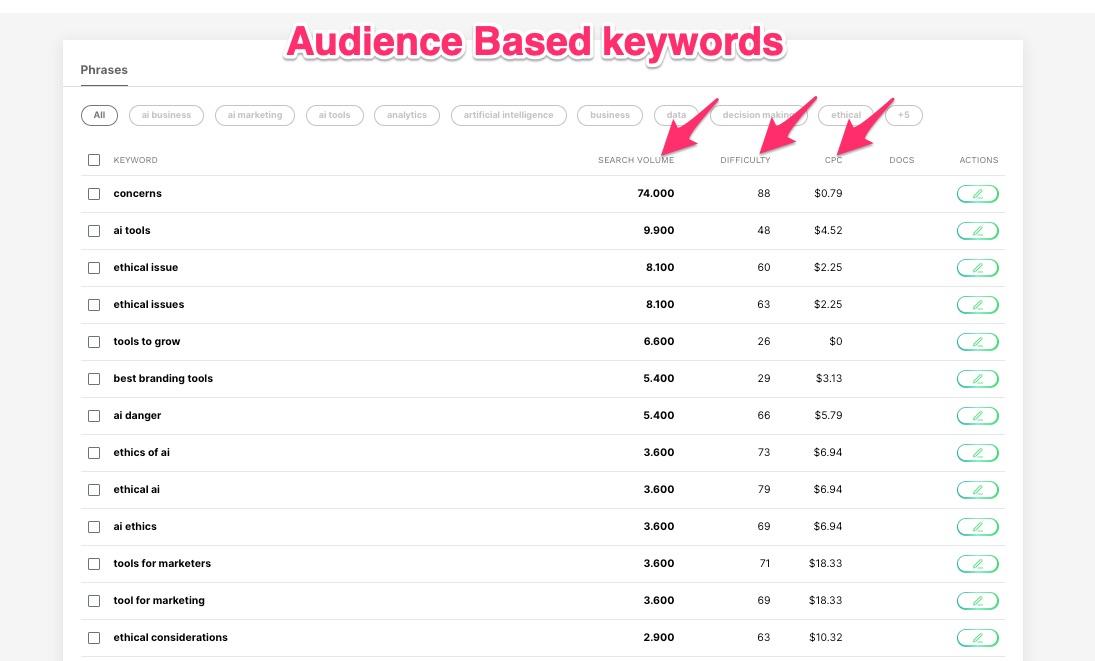Passage of Reintroduced California AI Bill Would Result In Onerous New Compliance Obligations For Covered Employers
In the rapidly evolving landscape of artificial intelligence (AI) regulation, California is once again at the forefront with the reintroduction of a comprehensive AI bill. This legislative move could significantly impact employers by introducing stringent compliance obligations. This article aims to demystify the complexities of the bill and provide actionable insights for businesses navigating these new requirements.
Introduction
The reintroduction of the California AI Bill marks a pivotal moment for businesses operating within the state. With AI technologies becoming increasingly integral to business operations, the need for clear regulatory frameworks has never been more critical. This bill seeks to address the myriad challenges posed by AI, from ethical considerations to privacy concerns, by imposing new compliance obligations on employers. Understanding these obligations is essential for businesses aiming to stay ahead in a landscape marked by rapid technological advancements and regulatory changes.
Understanding the California AI Bill
The California AI Bill, initially introduced and later refined, aims to regulate the use of artificial intelligence in the workplace. It focuses on ensuring that AI-driven technologies are deployed in a manner that is safe, secure, and trustworthy. The bill outlines specific compliance obligations for employers, including transparency in AI use, impact assessments, and ongoing monitoring of AI systems to prevent discriminatory outcomes.
Key Compliance Obligations
- Transparency Requirements: Employers must disclose the use of AI technologies to both employees and the public, ensuring that stakeholders are aware of AI’s role in decision-making processes.
- Impact Assessments: Before deploying AI systems, employers are required to conduct thorough assessments to evaluate the potential impacts on privacy, security, and fairness.
- Monitoring and Reporting: Regular monitoring of AI systems is mandated to identify and mitigate any discriminatory outcomes or biases, with findings to be reported to relevant regulatory bodies.
The Impact on Businesses
The compliance obligations introduced by the California AI Bill represent a significant shift for businesses. Employers will need to invest in new technologies and processes to meet these requirements, potentially affecting operational efficiencies and costs. However, these changes also offer an opportunity for businesses to lead in the ethical use of AI, enhancing their reputation and building trust with customers and employees alike.
Practical Tips for Compliance
- Conduct a Comprehensive AI Audit: Begin by assessing all AI technologies currently in use within your organization to identify any areas where compliance gaps may exist.
- Develop an AI Governance Framework: Establish clear policies and procedures for the deployment and monitoring of AI systems, ensuring they align with the bill’s requirements.
- Invest in Employee Training: Educate your workforce on the ethical use of AI and the importance of compliance with the new regulations.
- Engage with Legal Experts: Consult with legal professionals specializing in AI regulation to ensure your compliance strategies are robust and effective.
Benefits of Compliance
While the compliance obligations may seem onerous, they offer several benefits for businesses:
- Enhanced Trust and Reputation: Demonstrating a commitment to ethical AI use can significantly enhance your brand’s reputation and build trust with stakeholders.
- Competitive Advantage: Early compliance can provide a competitive edge, positioning your business as a leader in responsible AI use.
- Risk Mitigation: By adhering to the bill’s requirements, businesses can mitigate the risks associated with AI, including legal challenges and reputational damage.
Conclusion
The reintroduction of the California AI Bill represents a significant development in the regulatory landscape for AI. While the compliance obligations may pose challenges for businesses, they also offer opportunities for innovation and leadership in ethical AI use. By understanding the bill’s requirements and taking proactive steps towards compliance, businesses can navigate these changes successfully and leverage AI technologies responsibly and effectively.
For executives, legal teams, and compliance officers, staying informed and prepared is key to navigating the complexities of AI regulation. By breaking down the regulatory jargon into clear, actionable insights, this article aims to empower businesses to meet their compliance obligations confidently.
